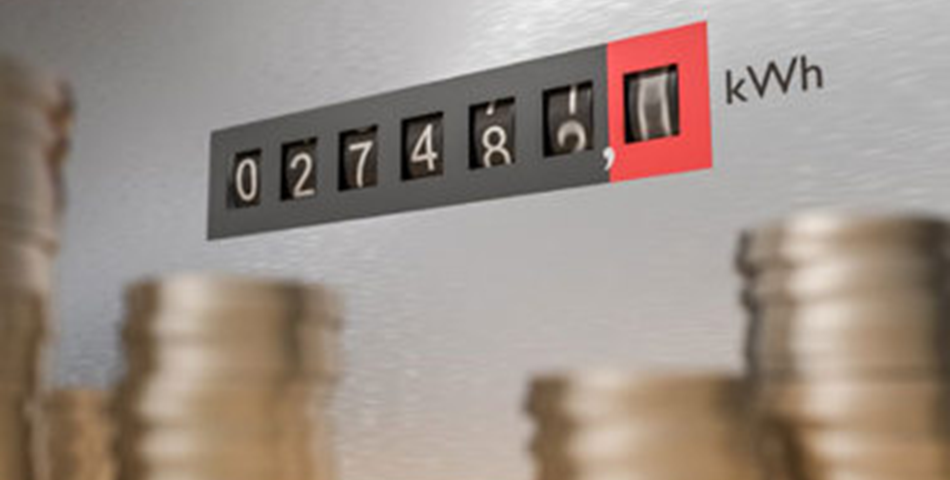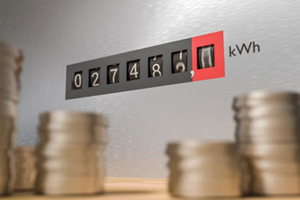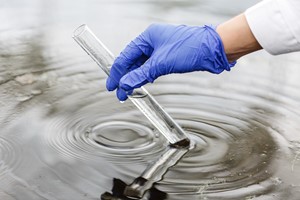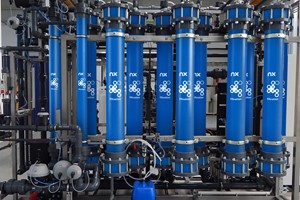Designing a wastewater treatment system requires incorporating a wide range of knowledge areas to create a setup that can achieve treatment goals. Tried and true mixing systems, such as jet mixers, are reliable, easy to operate, and have known benefits. However, mixing is one of the largest energy-consuming functions in wastewater treatment. With many in both industrial and municipal sectors looking to cut down on energy costs, the pressure falls on engineers to deliver systems that are both reliable and more energy efficient. Thankfully, the simple addition of variable frequency drives (VFDs) to mixing pumps can help achieve those goals.
VFDs feature dynamic active energy control algorithms that offer operators the ability to fine-tune energy usage and eliminate excess power consumption. The following use cases show how VFDs can improve operational efficiency in wastewater treatment.
Anaerobic Reactors
In an era where sustainability and profitability are both of peak importance, anaerobic reactors are seen as a necessity for certain industrial and municipal applications. Anaerobic reactors break down a wide array of waste, including manure, wastewater biosolids, and food waste. The reactors create a gas output composed primarily of methane, which can be used or resold as fuel for heat or electricity. The remaining solid and liquid output, called the digestate, can often be used as animal bedding, fertilizer, raw material for bio-based products, and more.
Anaerobic reactors are a great way to reduce both the operating costs and the carbon footprint of an operation. While anaerobic reactors reduce greenhouse gas emissions and generate onsite energy, they are not without their own energy requirements depending on the type of anaerobic process chosen. The reactors need to be warm enough to have sufficient bacterial growth. In the food and beverage industry, anaerobic contact processes often use large-diameter above ground tanks that require mixing in order to ensure that temperature, incoming waste stream, and microbiology are sufficiently dispersed. However, many anaerobic reactors waste precious energy that could further enhance the financial and ecological return on investment.
Installing VFDs on pumps for jet mixers or other mixing mechanisms can potentially reduce overall power consumption while maintaining adequate mixing. Once an anaerobic reactor has reached an effective production level, the gas generation develops as a tank-wide plume of rising gas bubbles, which enhances the vertical mixing of the microbiology and waste stream. At this point, operators can turn down the jet pump by up to 25% to allow fluid momentum to do more of the work.
In the U.S., most equipment runs at 60 Hz. If a VFD can turn down the mixing speed by 20%, that reduces the power cycle to 48 Hz. Using pumps for jet mixers as an example, the speed of the pump is directly related to flow. A pump designed for 10,500 gallons per minute (gpm) will have roughly 29 feet of head. The reduction in speed also reduces the pressure from 29 feet to 19 feet. This cuts the horsepower – thus, energy consumption – of the pump from 95 to 50, which is good both for the environment and the operation’s bottom line, all while still maintaining adequate mixing of the tank contents.
Anoxic Tanks
In a biological nutrient removal (BNR) system, anoxic tanks are used to convert nitrate (NO3) to nitrogen gas (N2). For this to happen, an anoxic tank must keep the level of dissolved oxygen below 1 mg/l but above zero. In addition, the pH needs to be close to neutral and the liquid must have an adequate carbon source. In large-scale nitrogen removal applications it is not uncommon to have identical tank size and equipment in the anoxic-denitrification tank and the aeration-nitrification tank, with the idea being that the system must always nitrify if one tank is out of service.
Anoxic tanks must also keep solids in suspension without air, which requires hydraulic mixing. When not used as for aeration, a 3-million-gallon anoxic tank with slot injector mixing at 100% power would consume about 238 kW/hrs using a total liquid flow of 22,000 gpm. Once an ideal mix has been achieved and denitrification has begun, this level of power is no longer needed.
Thus, pump equipment with VFDs can be reduced to 80% power. This would lower the total liquid flow to 17,900 gpm, enough to keep solids suspended, provide good mixing, and not hamper denitrification. However, the pressure on the pump is reduced from 46 feet to 30 feet. This, plus the flow reduction, would cut the pump horsepower from 320 to 170 – nearly half. The result is a power reduction of 65 kW/hrs. Altogether, a system like this can realize savings of between $100,000 and $150,000 annually depending on local electrical rates.
Mechanical Throttling
Some operators running pumps without VFDs may try outlet throttling as a way of reducing pump flow. This may seem like a way to avoid spending an additional $10,000 per pump to upgrade to a VFD. However, while throttling may reduce flow, it won’t reduce pressure on the pump. In fact, it would increase pressure as the pump rides back on its performance curve and the reduction in flow does not produce a reduction in pump power. In the above two examples, the additional upfront cost of VFDs was paid for within just months based on energy savings alone.











